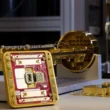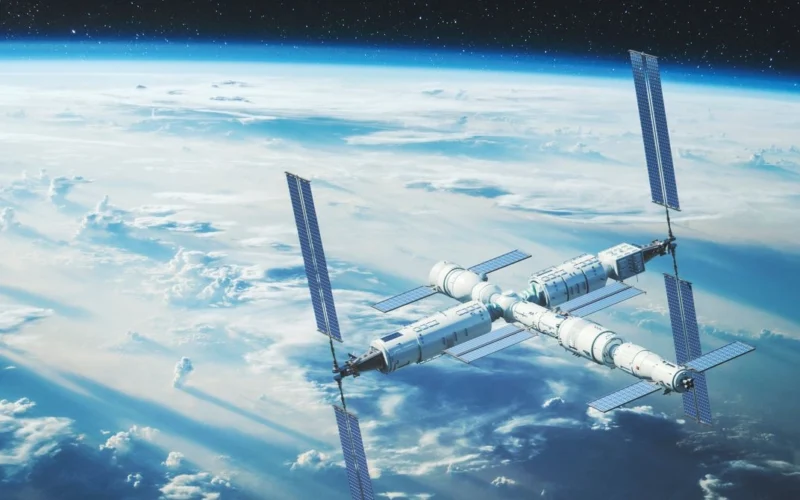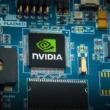China has introduced an AI chatbot named Wukong on its Tiangong space station. Officially implemented in mid-July, Wukong AI is designed to enhance safety and navigation for astronauts in orbit. This initiative represents China’s ambition in expanding its space exploration capabilities.
Wukong AI, named after Sun Wukong from the Monkey King legend, assists taikonauts by providing rapid information and tactical support. Developed from a domestic open-source AI model, the system’s knowledge is tailored to aerospace flight data. According to Zou Pengfei from the taikonaut training center, the chatbot improves work efficiency and offers psychological support during missions.
Connected to Tiangong on July 15, Wukong AI began operational support about a month later, marking the first usage of a large language model (LLM) in China’s space missions. It successfully assisted in a six-and-a-half-hour spacewalk where taikonauts installed devices to protect against space debris and conducted routine inspections.
The structure of Wukong AI includes two modules: one aboard the station and the other on Earth. While the ground module handles in-depth analyses, the onboard one tackles immediate challenges faced by the crew. This dual-function approach allows Wukong AI to adapt to mission-specific needs.
Although Wukong is not the first AI in space—the International Space Station hosts similar technologies like Astrobee and CIMON—its existence emphasizes a unique integration of terrestrial intelligent assistants focused on space navigation.
The Tiangong space station serves as the centerpiece of China’s longer-term objective to solidify its status as a dominant space power. It functions as a microgravity laboratory for various experiments not feasible on Earth and plans for expansion into a logistics and training hub for lunar missions.
The chatbot’s name, Wukong, reflects qualities such as cunning, adaptability, and a quest for knowledge, drawing from the character’s legacy in Chinese mythology.











